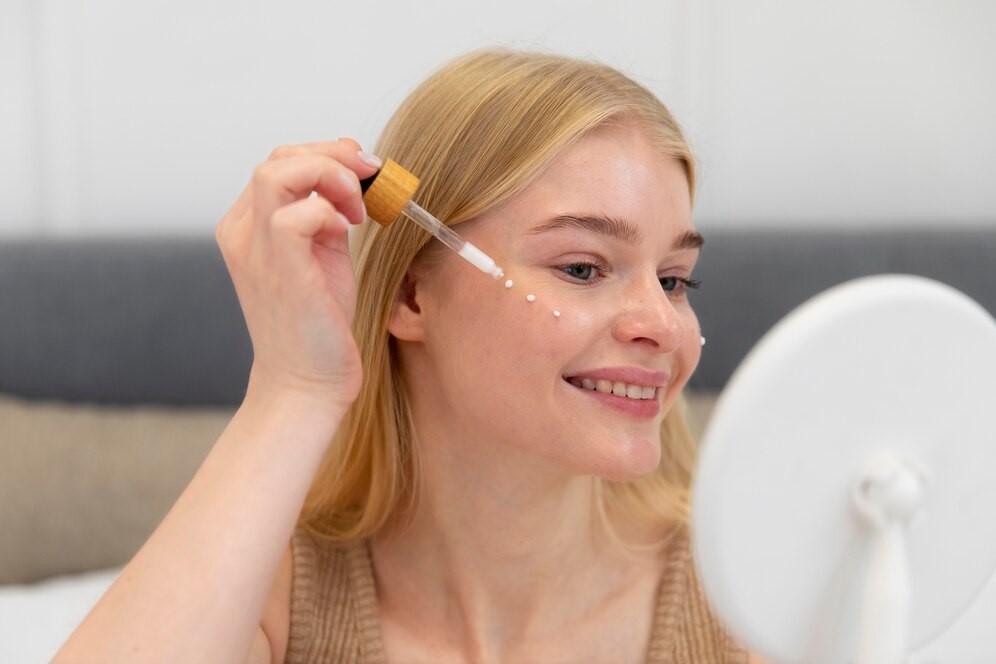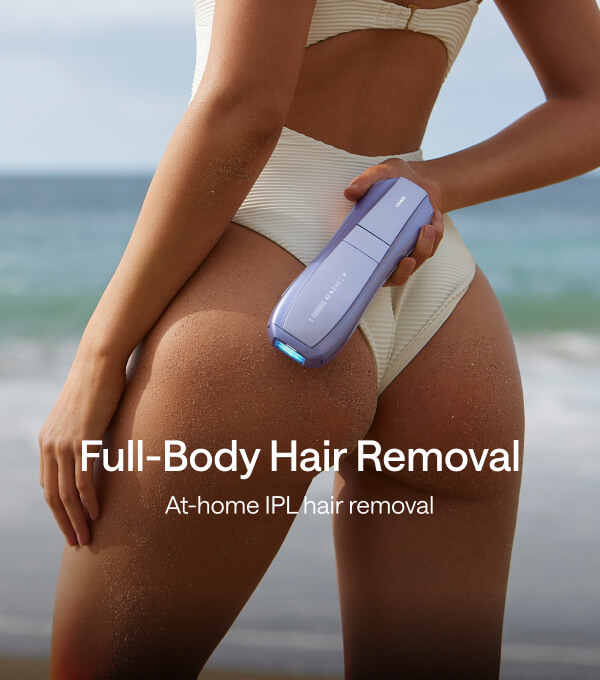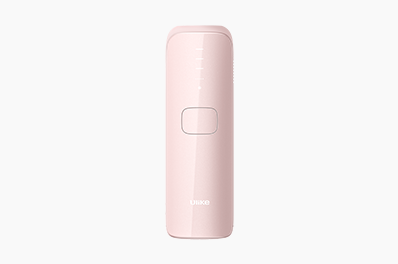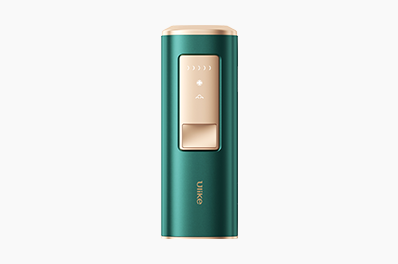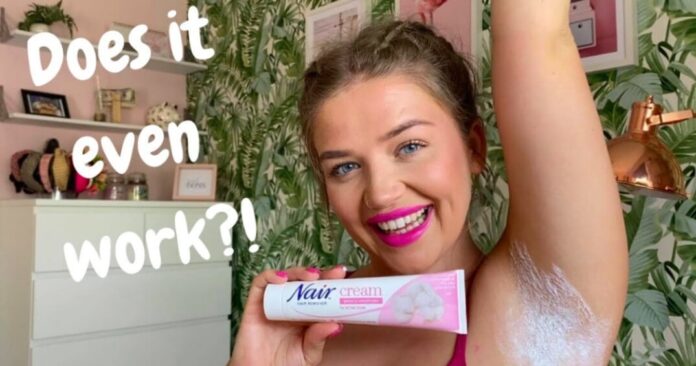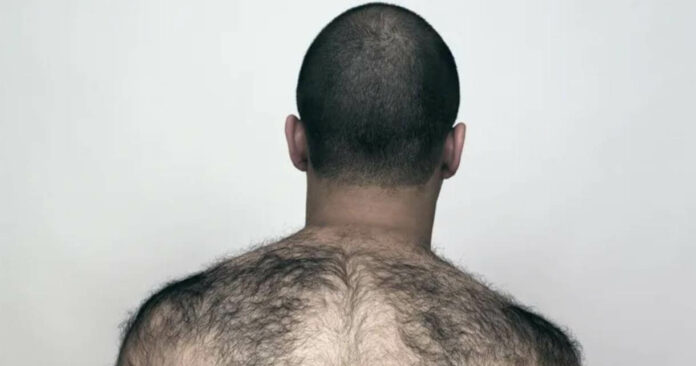Niacinamide is a form of vitamin B3 and it has become quite a popular ingredient in skincare products in contemporary times. This ingredient is said to help reduce inflammation, improve the texture of skin, and even help fade acne scars if applied for a longer period. Since there are so many skincare items in the market with every company claiming to be the best, it is pretty natural for anyone to wonder if niacinamide truly helps with acne. Let’s delve into this sought-after ingredient, explore how people with acne-prone skin can benefit from it, and navigate through common questions regarding niacinamide along the way.
Table of Contents:
- Part 1: What Does Niacinamide Do for Acne?
- Part 2: Is Niacinamide Good for Acne?
- Part 3: Does Niacinamide Help with Acne Scars?
- Part 4: Can Niacinamide Cause Acne?
- Part 5: Does Niacinamide Cause Purging?
- Part 6: When to Use Niacinamide
- Part 7: How Much Niacinamide Is Too Much?
- Part 8:Niacinamide for Acne: How to Use It Effectively
-
Part 9:Niacinamide: A Reliable Addition to Your Acne-Fighting Arsenal
Part 1: What Does Niacinamide Do for Acne?
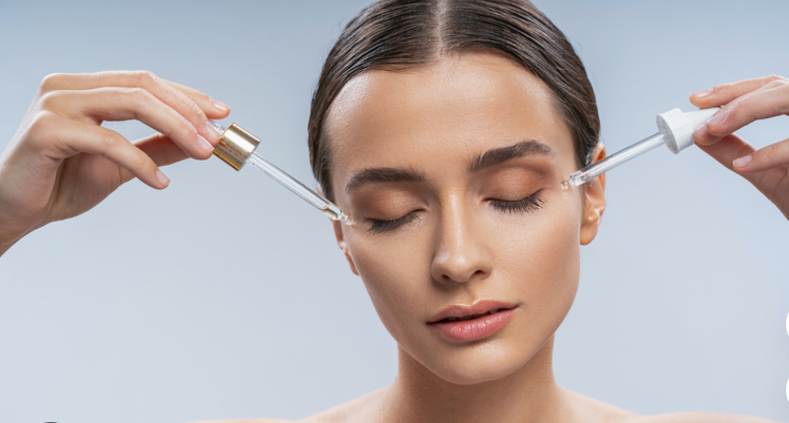 Niacinamide reduces inflammation and has antioxidant properties, meaning that it can do a lot of good for acne-prone and comedogenic skin. It also helps in reducing the erythema (reddening of the skin) and soothing the irritated skin – something any carrier of acne benefits from. Besides this, the ingredient also controls oil production which is always a piece of good news for those people who have oily and combination skin. Lesser oil production means fewer chances of clogging the pores and pimples, which makes niacinamide helpful for balancing the complexion of a wide variety of skin types.
Niacinamide reduces inflammation and has antioxidant properties, meaning that it can do a lot of good for acne-prone and comedogenic skin. It also helps in reducing the erythema (reddening of the skin) and soothing the irritated skin – something any carrier of acne benefits from. Besides this, the ingredient also controls oil production which is always a piece of good news for those people who have oily and combination skin. Lesser oil production means fewer chances of clogging the pores and pimples, which makes niacinamide helpful for balancing the complexion of a wide variety of skin types.
Part 2: Is Niacinamide Good for Acne?
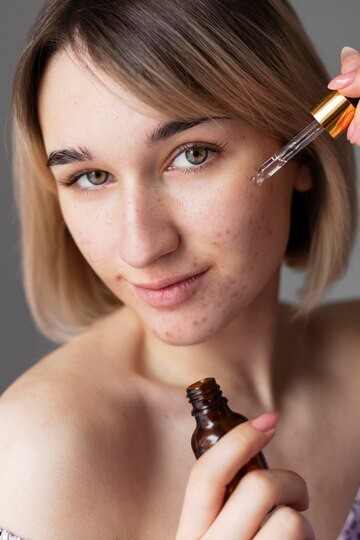 A simple answer to this question is yes! The role of niacinamide in fighting inflammation and balancing sebum production makes it a great choice for people dealing with acne. Sebum is a natural oil produced by the glands in the skin to protect and moisturize it. However, its excess production causes increased acne breakouts. Niacinamide not only regulates the production of sebum, but it also helps strengthen the barrier of the skin, which protects it against irritants whilst keeping it adequately moisturized. When your skin barrier is healthy, it is more resilient and less likely to become inflamed—a factor that can greatly improve acne over time.
A simple answer to this question is yes! The role of niacinamide in fighting inflammation and balancing sebum production makes it a great choice for people dealing with acne. Sebum is a natural oil produced by the glands in the skin to protect and moisturize it. However, its excess production causes increased acne breakouts. Niacinamide not only regulates the production of sebum, but it also helps strengthen the barrier of the skin, which protects it against irritants whilst keeping it adequately moisturized. When your skin barrier is healthy, it is more resilient and less likely to become inflamed—a factor that can greatly improve acne over time.
Part 3: Does Niacinamide Help with Acne Scars?
one of the biggest qualities of niacinamide is its ability to reduce hyperpigmentation. Hyperpigmentation refers to dark spots or marks that develop once the lesions of acne have healed. Niacinamide when applied on these marks inhibits the production of melanin locally, thereby considerably reducing the hyperpigmentation. It needs to be applied consistently to get an even skin tone. Long-term usage also plays a role in fading acne scars to some extent and brightening the complexion but it does not completely help you get rid of acne scars. You need to see a dermatologist to get a tailor-made treatment for your acne scars.
Part 4: Can Niacinamide Cause Acne?
 Most people tolerate niacinamide well, but as with any skincare ingredient, individual reactions can vary from one person to another. So, in some cases, niacinamide might cause breakouts if it’s too strong for your skin or used with other potent actives. But typically, niacinamide itself doesn’t cause acne. If you experience new breakouts, you need to visit your nearby dermatologist and they might consider lowering the concentration, prescribing it on alternate days, or checking if it’s interacting with other products in your routine.
Most people tolerate niacinamide well, but as with any skincare ingredient, individual reactions can vary from one person to another. So, in some cases, niacinamide might cause breakouts if it’s too strong for your skin or used with other potent actives. But typically, niacinamide itself doesn’t cause acne. If you experience new breakouts, you need to visit your nearby dermatologist and they might consider lowering the concentration, prescribing it on alternate days, or checking if it’s interacting with other products in your routine.
DPart 5: oes Niacinamide Cause Purging?
One of the most confusing aspects of introducing new products is the possibility of purging—those initial breakouts that happen when a product speeds up cell turnover. However, niacinamide doesn’t typically cause purging since it isn’t an exfoliant. Ingredients that stimulate cell turnover, like retinoids and AHAs, are the usual culprits for purging, not niacinamide. So, if you notice breakouts after starting niacinamide, it may be due to hypersensitivity or allergic reaction to it, rather than purging. It is always advisable to visit a specialist doctor who can guide you in the best possible way to alleviate your symptoms.
Part 6: When to Use Niacinamide
The best part about niacinamide is its versatility. It can be used both in the morning and evening, depending on your routine. In the morning, niacinamide can help protect the skin against environmental stressors like pollution and UV rays. When used at night, it aids in repairing the barrier of skin and managing oil production. Since niacinamide pairs well with many other ingredients, it’s easy to incorporate into nearly any skincare regimen. However, it is preferably better to use niacinamide in the morning because the pH of your skin is higher after overnight regeneration so it will work more effectively.
Part 7: How Much Niacinamide Is Too Much?
An important aspect is to find the right level of concentration of niacinamide to be applied. It is generally available in the range between 2% and 10%. A 5% concentration is effective for most people without being overly strong. While higher concentrations are available, they can sometimes lead to irritation, especially for those with sensitive skin. If you are introducing niacinamide into your skincare routine, it is always better to start with a lower concentration to avoid any kind of skin reaction. You can increase the concentration gradually according to your skin’s tolerance. However, moderation is the key as higher concentrations of niacinamide can cause redness and irritation on your skin.
Part 8: Niacinamide for Acne: How to Use It Effectively
-
-
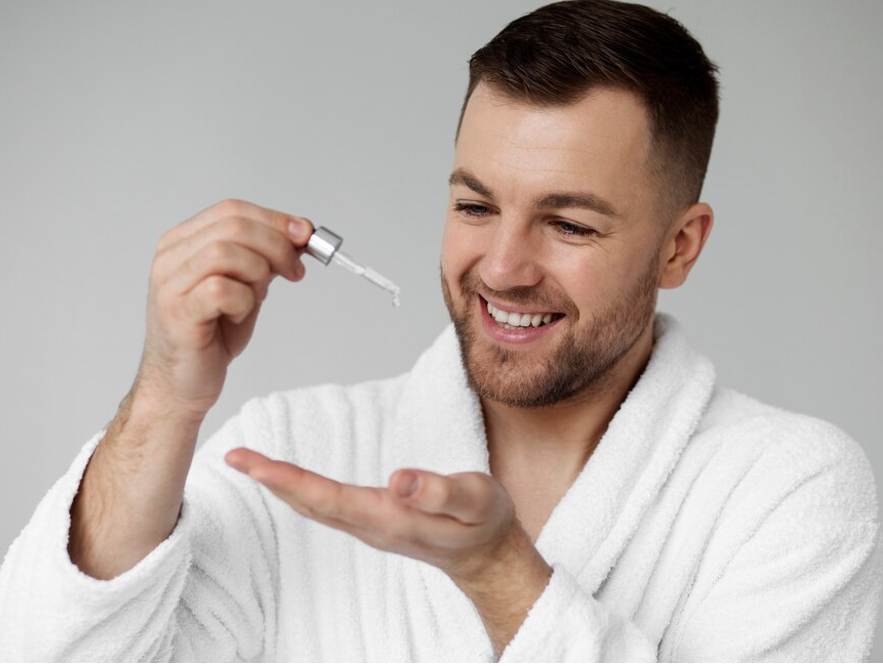 Start Slow: As with any new active ingredient you’re about to incorporate into your skincare routine, it is advisable to start it 2-3 times a week and then adjust according to the response of your skin.
Start Slow: As with any new active ingredient you’re about to incorporate into your skincare routine, it is advisable to start it 2-3 times a week and then adjust according to the response of your skin. - Combine Wisely: Niacinamide can be combined with nearly all cosmetic ingredients, but if you use several active components at once, for example, niacinamide together with retinoids or vitamin C, this may cause skin irritation. Therefore, prefer not to mix it with these ingredients.
- Follow With Sunscreen: Niacinamide is effective in the AM and PM, but if you use it in the AM, just make sure to follow it up with sunscreen. Although niacinamide strengthens the ability of your skin to combat the effects of sun damage, it is still recommended that you avoid exposure to sun rays. Plus, always remember that sunscreen is a must, no matter what!
Part 9: Niacinamide: A Reliable Addition to Your Acne-Fighting Arsenal
Adding niacinamide to your skincare regimen can be a game-changer that could help control acne and enhance skin health. The multiple uses and mild actions of these ingredients are definitely useful, especially for those with delicate or problem skin. Thus, niacinamide does help with acne and it not only plays a role in regulating the oil production but also minimizes inflammation and helps fade the scars. With a bit of patience and consistency, niacinamide can become a valuable part of your journey toward clearer, healthier skin. However, if you have severe acne or if it is not going away by applying niacinamide or other ingredients, it is always advisable to visit a dermatologist to get a management plan best suited to meet your needs.
Dr. Ahsan Farooq Khan,
Dermatologist, Internist, Aesthetic physician.
Author Bio:
Dr. Ahsan Farooq Khan is a physician and a senior clinical fellow in dermatology. After completing his postgraduate degree in medicine, he completed his training in the sub-specialty of dermatology. He has considerable experience in diagnosing and treating a myriad of patients with dermatological issues. Dr. Khan has a special knack for aesthetic medicine and he is highly trained and well-equipped to deal with energy-based devices. He has been performing procedures with lasers for a couple of years now and he has treated many patients successfully for hirsutism scars and various other issues with the help of various modalities of lasers. He is also a research enthusiast and recently secured first position in the biggest annual international conference of dermatology in his country. Before this, he also secured the third position at another international conference for presenting a research publication that he was an active part of.
-

 By Mariela
By Mariela
